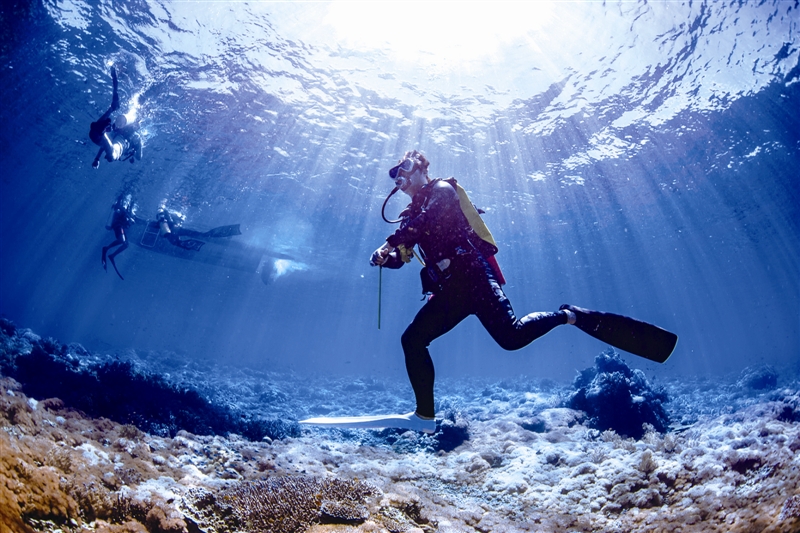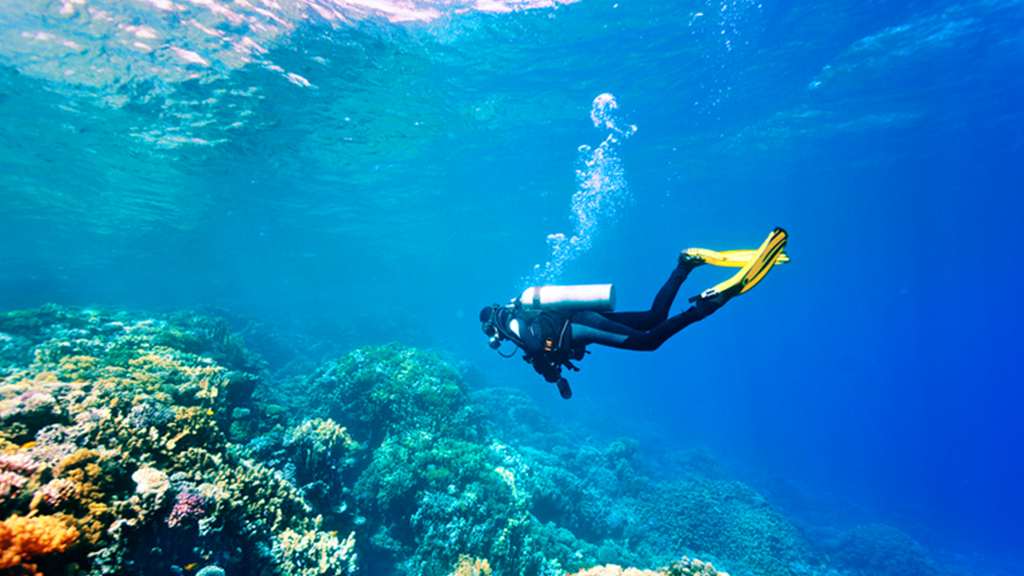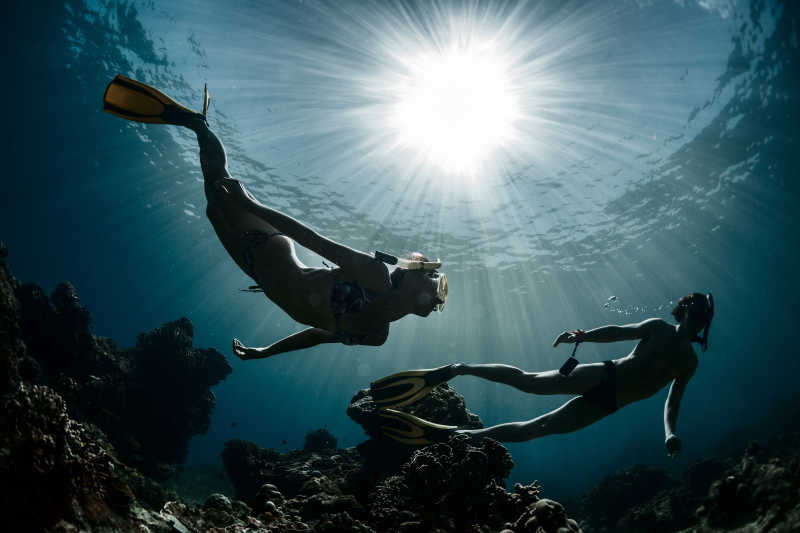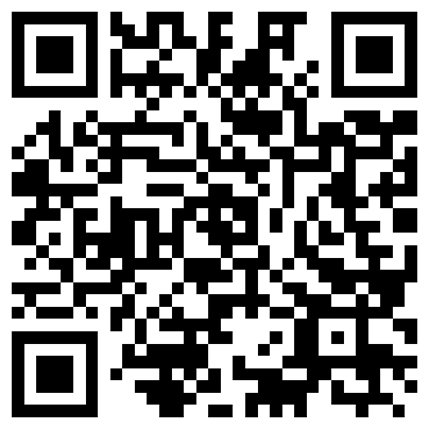What are the precautions for scuba diving?
Scuba diving is a fun but also risky activity, here are some important precautions:
Physical and Skill Preparation
Physical examination: ensure that the body is in good condition, without heart disease, hypertension, diabetes, ear disease, lung disease and other diseases that are not suitable for diving. Before diving, a professional physical examination is required to obtain a diving permit from a doctor.
Diving training: Participate in professional scuba diving courses organized by institutions and obtain corresponding diving certificates. Master diving theory knowledge, such as gas laws, diving safety rules, and various diving skills, including equipment use, breathing control, underwater navigation, emergency situation handling, etc.
equipment inspection
Gas cylinder: Check whether the pressure of the gas cylinder is sufficient, whether there is any damage or corrosion on the appearance, and whether the valve is working properly.
Regulator: Ensure that the regulator can regulate high-pressure gas to low-pressure gas suitable for breathing, and the respiratory resistance of the secondary regulator should be normal, with no air leakage at any connecting parts.
Face mirror: The face mirror should be clear and fog free, with good sealing, and can be treated with anti fog agent before diving.
Fins: Choose the appropriate size and type of fins to ensure comfortable wearing and effective propulsion.
Buoyancy adjustment device: Check if it can inflate and deflate normally to accurately control buoyancy in water.
Preparation before diving
Develop a plan: Based on one's diving experience and skill level, combined with factors such as the environment, water flow, and depth of the diving site, develop a reasonable diving plan, including diving depth, time, route, etc.
Understand the environment: Gain advance knowledge of marine life, topography, water flow, weather conditions, etc. in the diving area to avoid diving in harsh weather or dangerous areas.
Teamwork: Try to form a team with experienced divers, maintain appropriate distance during the diving process, and take care of each other. Clear communication signals and emergency response plans for the team.
During the diving process
Breathing standards: breathe through the mouth, avoid breathing through the nose, maintain a steady and regular breathing rhythm, avoid rapid breathing or holding your breath, and prevent lung damage.
Depth control: Strictly control the diving depth according to the diving plan, avoid rapid diving or ascent, and the ascent speed should not exceed 18 meters per minute to prevent decompression sickness.
Buoyancy control: By using buoyancy adjustment devices and breathing control, neutral buoyancy is maintained to avoid collisions with underwater organisms or reefs, while saving energy.
Pay close attention to diving instruments, such as depth gauges, pressure gauges, compasses, etc., to grasp your diving status and remaining gas level, ensuring sufficient gas to safely return to the surface.
Precautions after diving
Safe stay: Before rising to the surface, stay at a depth of about 5 meters for 3-5 minutes for a safe stay to allow the body to adapt to pressure changes and reduce the risk of decompression sickness.
Slowly rising: During the rising process, rise slowly to avoid quickly surfacing, while constantly swallowing or pinching the nose to balance ear pressure.
Rest and recovery: Avoid vigorous exercise after diving, rest appropriately, replenish fluids, and allow the body to fully recover. Do not take a plane or travel to high-altitude areas within 24 hours to avoid discomfort caused by pressure changes.









Please first Loginlater ~